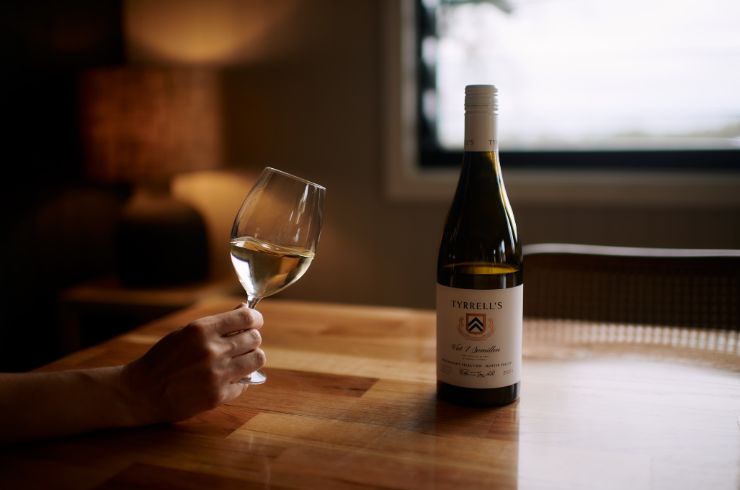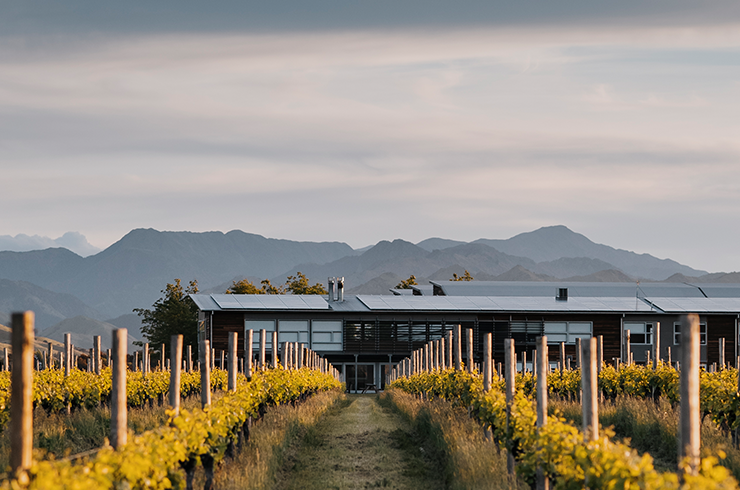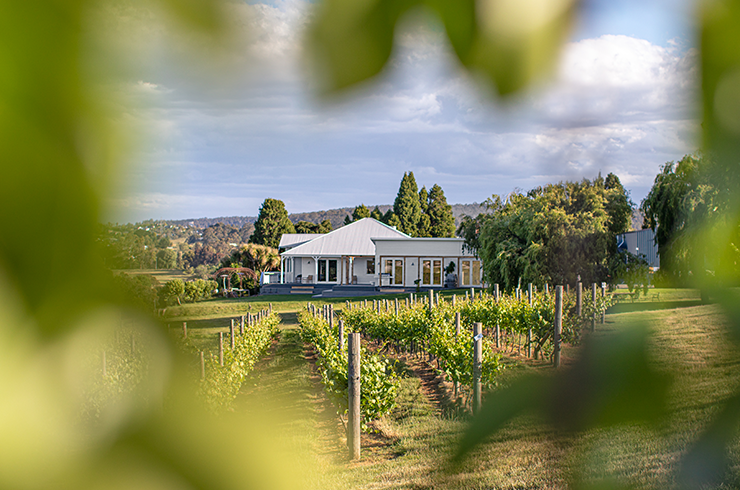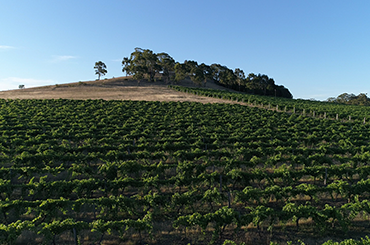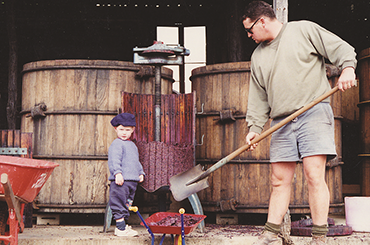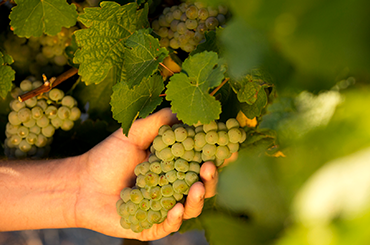Semillon may have roots in France, but Australian winemakers have really run with it, putting their unique stamp on the grape, from fresh and crisp young wines to complex and ageworthy bottlings.
New South Wales’ Riverina region is synonymous with botrytised semillon, particularly the iconic De Bortoli Noble One. But until the mid-1980s, the general sentiment was that Australia was too dry to make sticky wines.
“The Riverina was a sourcing area for the Hunter in those days,” Darren De Bortoli says. The realisation that it was the perfect breeding ground for the fungi responsible for Sauternes was serendipity.
As a student at Roseworthy Agricultural College, Darren had experimented with noble rot. “We were working with humidity and temperature-controlled rooms and spraying spores, etc. My father said, ‘we get that naturally here’ and I thought, well that’s a lot easier than going to all that trouble!”
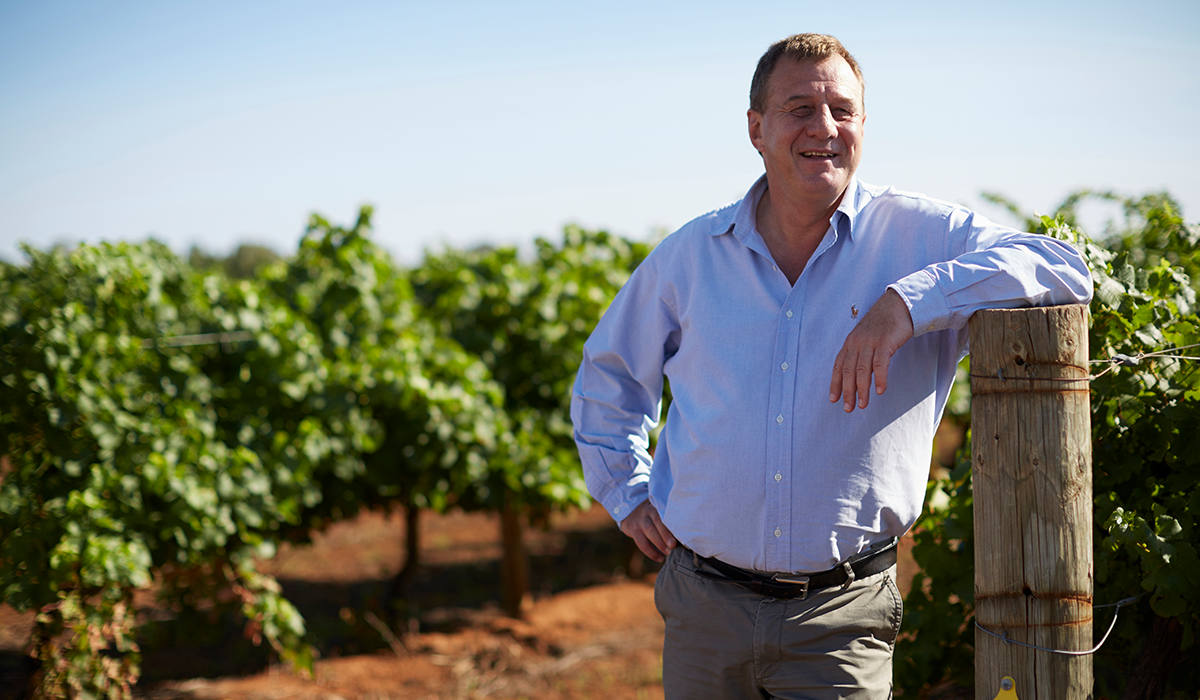
“It was a real mindset issue, to leave the grapes long enough to encourage noble rot,” Darren says. A market downturn made this less risky. “There was a lot of unpicked semillon anyway. We found that if we left the grapes into autumn, we got the high humidity and high temperatures which noble rot loves.
“It was amazing how quickly people jumped onto it,” Darren says. To this day, it’s still one of the most awarded wines in Australian history – most recently Wine Companion’s 2024 Sweet Wine of the Year, but that’s far from the end of the story when it comes to semillon.
Perhaps the most well-known Aussie semillon hails from the Hunter. Like the Riverina, it too has a house style, with early harvesting for searing acidity, stainless steel maturation to preserve fresh fruit flavours, and an uncanny ability to mature in bottle.
Mark Woods of Leogate and Alex Beckett (previously Briar Ridge) have made wines at different ends of the Hunter. Mount View-based Briar Ridge has some of the highest elevation vineyards in the region, while Leogate calls the low-lying flats of Pokolbin home.
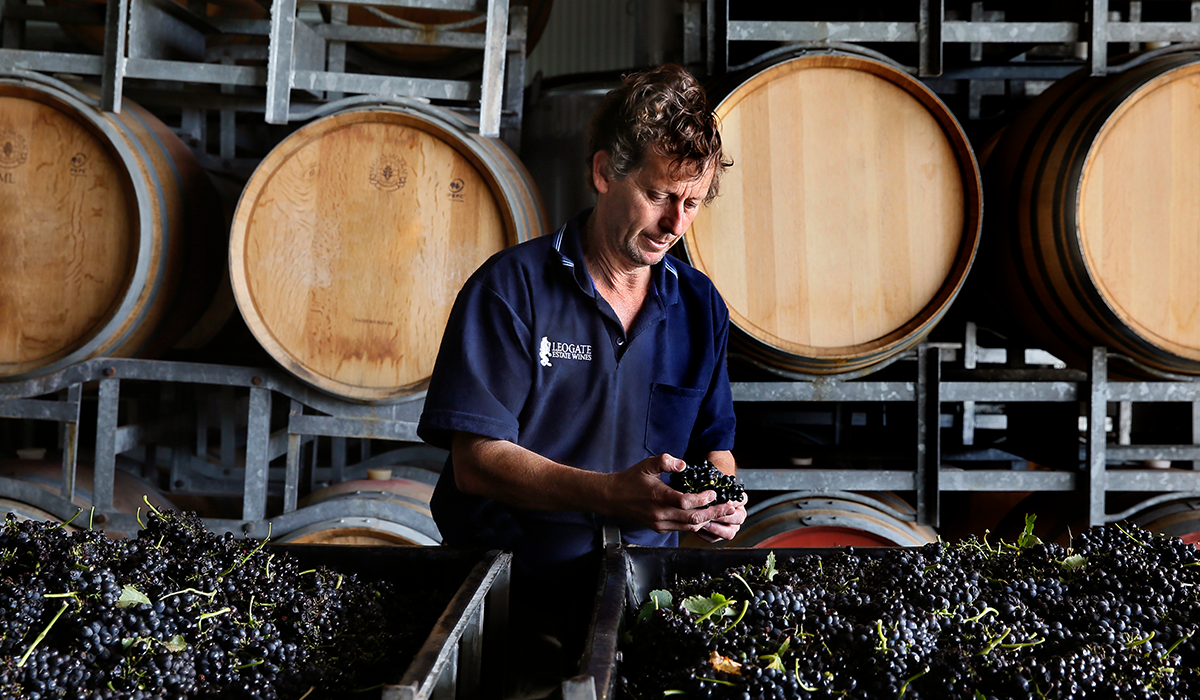
Both winemakers specialise in single-site semillon from 50+ year-old vines; Mark is a self-described traditionalist while Alex is more experimental.
Late last year Alex finished up at Briar Ridge, and has now moved to Victoria as winemaker at Marnong Estate, he sourced fruit from Leogate’s Black Cluster vineyard for the inaugural 2023 Briar Ridge Black Cluster Semillon. It’s a full circle moment – Mark was winemaker at Briar Ridge back in the mid-2000s.
“Our traditional wines are not very traditional,” Alex says. “For me what makes the region is diversity of expression.”
Alex's low-elevation Black Cluster Semillon was made identically to his high-elevation Dairy Hill Semillon, but the two wines show stark differences. The BC comes in at 10.3% alc, and is fine-boned with piecing acidity and a slatey, aspirin-like profile that’s begging for another five years to unfurl.

The DH hits 12.5% alc with a similar stoney-ness, but a more generous and concentrated flavour that makes it a wine for right now.
Mark still makes wine from the Black Cluster vineyard, though he’s focused on its Army Block, which produces a semillon with citrus blossom and floral aromas and a softer acidity. It’s next to the Singleton Army Barracks, to explain the name. “You keep your head down when harvesting that block,” Mark says. Though he says the distant patter of gunshots doesn’t affect the flavour of the wine.
On the other side of the country, Margaret River winemakers blend semillon with sauvignon blanc for the region’s iconic SSB wines. Though, its more like SBS these days, as winemakers flip the ratios because semillon yields are down, but sauvignon blanc is up.
“It all started because Margaret River was considered similar to Bordeaux in early reports,” says Vasse Felix winemaker Virginia Willcock. In Bordeaux, semillon is interplanted with sauvignon blanc and muscadelle to make dry white wines known generically as bordeaux blanc.
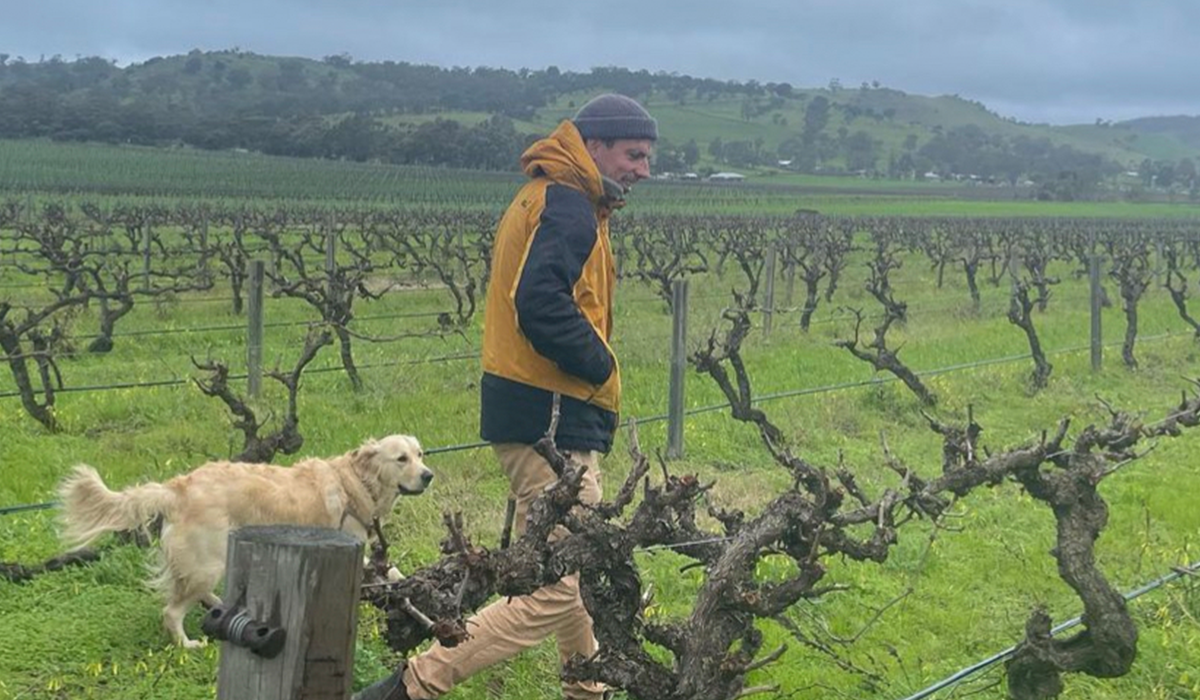
“In the early 1980s, it was hard for people to say ‘semillon’ and ‘sauvignon blanc’ – people just drank white wine and red wine back then,” Virginia says. And so, the Classic Dry White was born. “It’s a beautiful, elegant, light white that you don’t have to get all intellectual about, which is why we still call it the Classic Dry White, even though its technically an SSB.”
Vasse Felix hasn’t made a varietal semillon since 2012, preferring instead to funnel its premium fruit into sauvignon blanc-dominant blends. “At the moment there’s massive evolutionary change in the Margaret River about what we use semillon for,” Virginia says. Chardonnay might command higher prices, but the region hasn’t forgotten its roots.
In the Barossa, semillon is usually made like chardonnay – rich and texturally expressive, with time on lees and maturation in stainless steel and seasoned oak. The likes of Torbreck, who make the excellent Woodcutter’s Semillon, and Elderton Barossa Semillon come to mind.
At the other end of the regional spectrum is Belgian-born Koen Janssens of Bink Wines, who makes a juicy, almost cider-like low-intervention semillon from 100-year-old, dry-grown Barossa vines.
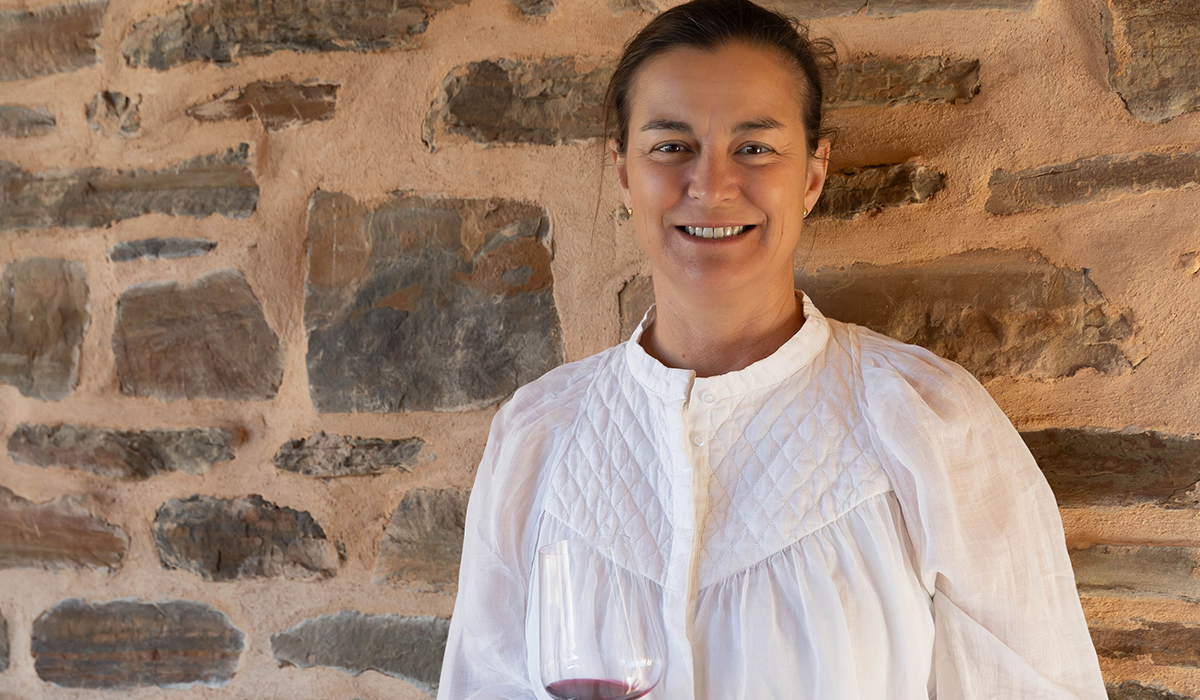
Koen’s Flowers Semillon spends just enough time on skins for a slightly cloudy hue and a nutty, spicy vibe. “I’m not saying my style is the way forward, but it is letting the vineyard talk and the variety talk in the wine,” he says. "It’s like driving a Mini Cooper with a supercharged V8 engine.”
Amelia Nolan, winemaker at Alkina Wine Estate, has watched Barossa semillon evolve with interest over the past decade. When Argentinian vintner Alejandro Bulgheroni bought the site that’s now Alkina in 2015, it came with 6ha of old vines, including 1ha of semillon. “People asked us when we were going to pull it out,” Amelia says. “We said, ‘actually, we’re going to plant more!’ If something has survived in a region for 150 years, there’s a reason it’s still there.”
She makes a white semillon and a field blend under Alkina’s Kin label, both draw fruit from the old block and 2016 plantings. For reasons unknown, about half of the fruit on one of the new blocks is pink-skinned (like the semillon equivalent of pinot gris, she says). This rare fruit makes an even rarer wine – the Kin Pink Semillon, which sports an almost rosé-like hue and the most unusual orange/amaro herbal characters.
“We don’t know why it’s happened, but we’ve embraced it,” Amelia says. At just 150 cases for the 2023 vintage, you’ll do well to get your hands on a bottle.
